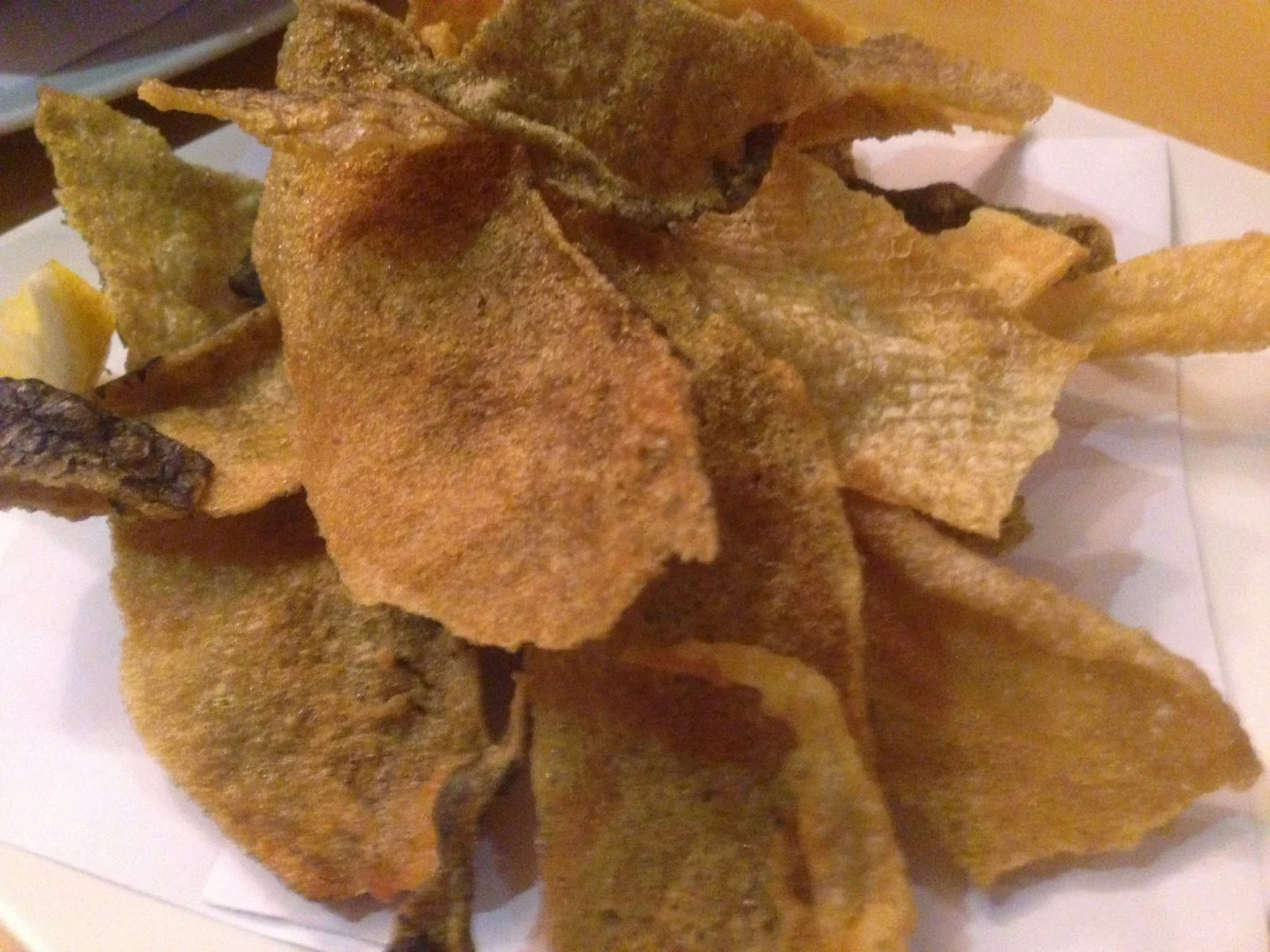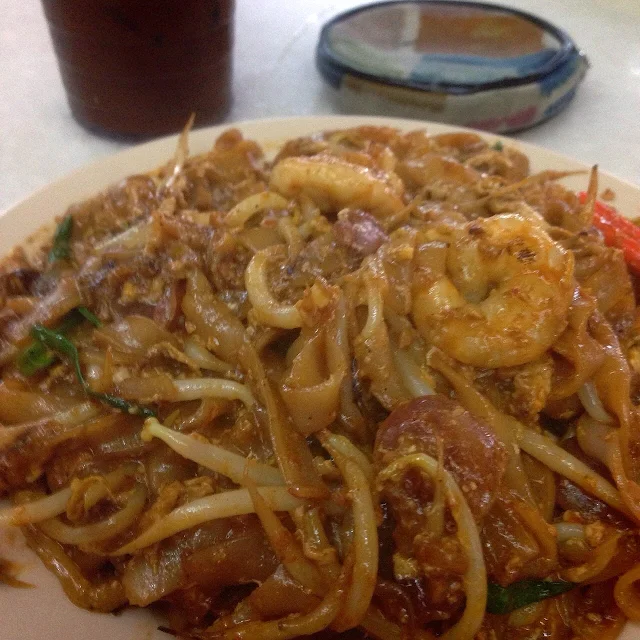 |
| Soba and dip. |
With two separate dining areas and a sake cellar, the Kirishima stands out in offering something different form other similar cuisine restaurants on the island of Penang. Situated at the upper or east end of the main city centre strip of Penang Road, the place is hidden away in the bowels of the ground floor of the Cititel Hotel, itself within walking distance of Georgetown's Heritage Quarter, by accessing either Farqhuar or Chulia Streets. Kirishima also happens to be the name of a World War 2 Imperial Japanese Kongo class battle cruiser built in the Nagasaki Mitsubishi yards and designed by Brit naval engineer George Thurston. The Japanese word implies a surname, but the warship's name was inspired by an active volcano, Kirishima Yama located in Kagoshima Perfecture.
 |
| Braised pork and potato. |
 |
| Deep fried salmon skin as a snack. |
 |
| A Western themed salad with bacon, cheese, cherry tomato and greens. |
 |
| Mushroom delights. |
 |
| Simplicity and presentation stand out. |
 |
| Deep fried fish. |
 |
| Carrots and mushrooms in an entree dish. |
 |
| Crunchy shrimps. |
Kirishima Restaurant is open every day for both lunch and dinner. Private dining rooms are also available. In Malaysia, restaurant staff are drawn from various ethnic backgrounds and for my group's dinner, we had Nepalese and Chinese Malaysians. The lady all dolled up in her kimono was friendly, engaging and focused. We chose not to have any alcohol that evening but good conversation and humour was so much better.















































